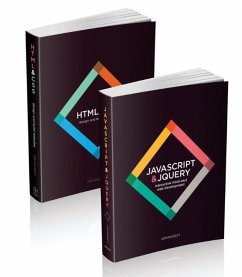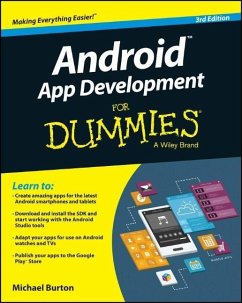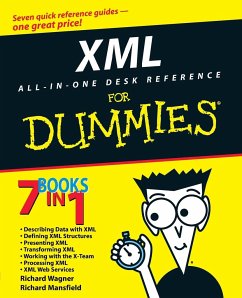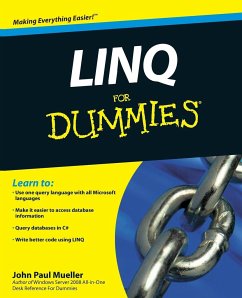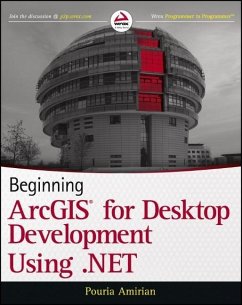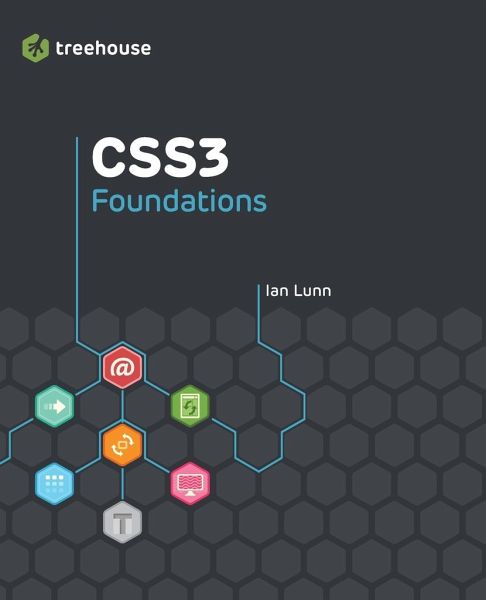
Treehouse CSS3 Foundations
Versandkostenfrei!
Versandfertig in über 4 Wochen
29,99 €
inkl. MwSt.
Weitere Ausgaben:

PAYBACK Punkte
15 °P sammeln!
Master innovative and eye-catching website design with the exciting new Treehouse Series of booksTurn plain words and images into stunning websites with CSS3 and this beautiful, full-color guide. Taking web designers beyond the constraints of prebuilt themes and simple site-building tools, this new Treehouse book combines practicality with inspiration to show you how to create fully customized, modern websites that make viewers stop and stay.The exciting new Treehouse Series of books is authored by Treehouse experts and packed with innovative design ideas and practical skill-building. If you'r...
Master innovative and eye-catching website design with the exciting new Treehouse Series of books
Turn plain words and images into stunning websites with CSS3 and this beautiful, full-color guide. Taking web designers beyond the constraints of prebuilt themes and simple site-building tools, this new Treehouse book combines practicality with inspiration to show you how to create fully customized, modern websites that make viewers stop and stay.
The exciting new Treehouse Series of books is authored by Treehouse experts and packed with innovative design ideas and practical skill-building. If you're a web developer, web designer, hobbyist, or career-changer, every book in this practical new series should be on your bookshelf.
Part of the new Treehouse Series of books, teaching you effective and compelling website development and design, helping you build practical skills
Provides career-worthy information from Treehouse industry pros and trainers
Explains the basics of cascading style sheets (CSS), such as how to structure with CSS, use CSS syntax, how to manipulate text, and visual formatting
Also covers the box model, how to animate page elements, cross-browser compatibility, and more
Leverage pages of dazzling website design ideas and expert instruction with a new Treehouse Series book.
Turn plain words and images into stunning websites with CSS3 and this beautiful, full-color guide. Taking web designers beyond the constraints of prebuilt themes and simple site-building tools, this new Treehouse book combines practicality with inspiration to show you how to create fully customized, modern websites that make viewers stop and stay.
The exciting new Treehouse Series of books is authored by Treehouse experts and packed with innovative design ideas and practical skill-building. If you're a web developer, web designer, hobbyist, or career-changer, every book in this practical new series should be on your bookshelf.
Part of the new Treehouse Series of books, teaching you effective and compelling website development and design, helping you build practical skills
Provides career-worthy information from Treehouse industry pros and trainers
Explains the basics of cascading style sheets (CSS), such as how to structure with CSS, use CSS syntax, how to manipulate text, and visual formatting
Also covers the box model, how to animate page elements, cross-browser compatibility, and more
Leverage pages of dazzling website design ideas and expert instruction with a new Treehouse Series book.



